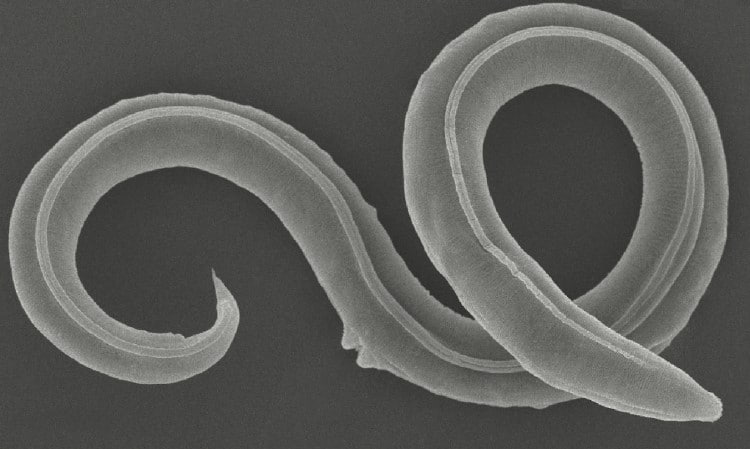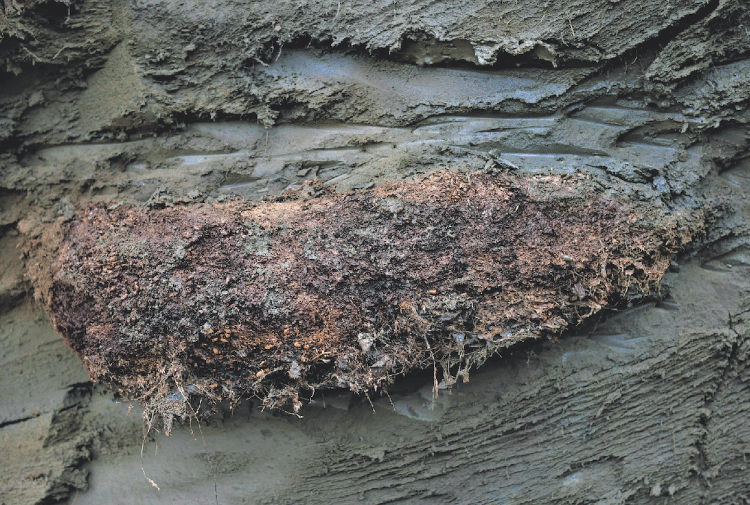Photo: PLOS Genetics
The Siberian permafrost is fertile ground for findingand revivingprehistoric life, fromplantstoanimalstosmall microorganisms.
A new article study inPLOS Geneticstouches on something even more remarkable.
The prehistoric roundworms were previously unknown and have been dubbedPanagrolaimus kolymaensisby researchers.

Photo: PLOS Genetics
These incredible animals survived by entering a state known as cryptobiosis.
But organisms experiencing cryptobiosis aren’t dead at all and will return to normal once conditions improve.
Think of it as hibernation taken to an extreme level.

Permafrost deposit (Photo: PLOS Genetics)
In this case, once the female nematode was unthawed, she began to reproduce in a petri dish.
It’s an incredible achievement that could have wide implications for our abilities to adapt and thrive despite adversity.
It’s a lesson that is certainly valuable in an age when global temperatures are soaring.
The process of allowing a prehistoric organism to reawaken isn’t actually all that difficult.
Scientists thaw the soil slowly so it doesn’t overheat the organisms.
They then begin to move on their own, eat bacteria placed in a lab dish, and reproduce.